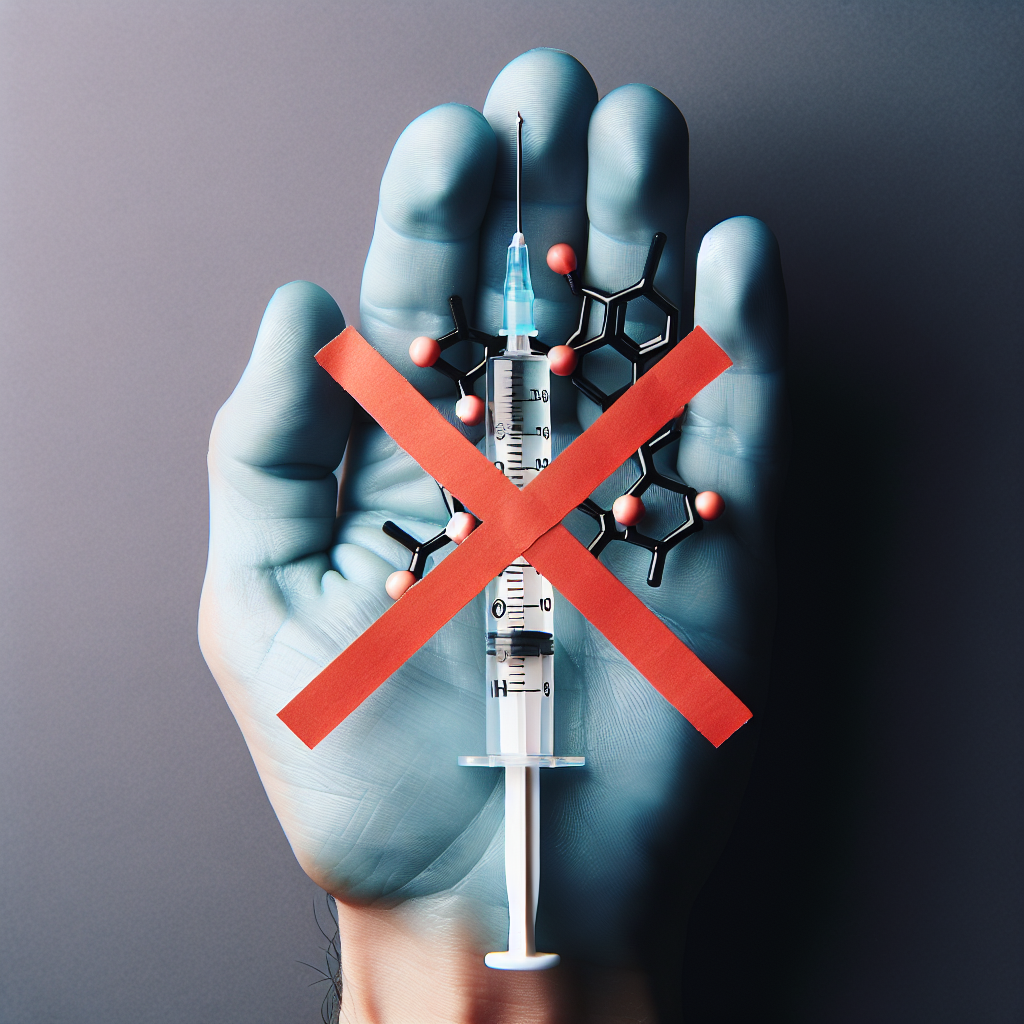-
Table of Contents
- Injectable Metenolone Enanthate: A Banned Substance in Sports Doping
- The Basics of Injectable Metenolone Enanthate
- The Controversy Surrounding Injectable Metenolone Enanthate
- The Pharmacokinetics and Pharmacodynamics of Injectable Metenolone Enanthate
- The Importance of Education and Testing
- Expert Opinion on Injectable Metenolone Enanthate
- References
- Conclusion
Injectable Metenolone Enanthate: A Banned Substance in Sports Doping
The use of performance-enhancing drugs in sports has been a controversial topic for decades. Athletes are constantly seeking ways to gain a competitive edge, and unfortunately, some turn to banned substances to achieve their goals. One such substance that has been gaining attention in recent years is injectable metenolone enanthate, also known as Primobolan.
The Basics of Injectable Metenolone Enanthate
Injectable metenolone enanthate is a synthetic anabolic-androgenic steroid (AAS) that was first developed in the 1960s. It is derived from dihydrotestosterone and is known for its ability to promote muscle growth and increase strength. It is typically administered via intramuscular injection and has a half-life of approximately 10 days.
Primobolan is primarily used in the treatment of anemia and muscle wasting diseases, but it has also gained popularity among bodybuilders and athletes for its performance-enhancing effects. It is often used in cutting cycles to help athletes maintain muscle mass while reducing body fat.
The Controversy Surrounding Injectable Metenolone Enanthate
Despite its potential benefits, injectable metenolone enanthate is a banned substance in sports doping. It is classified as a Schedule III controlled substance by the United States Drug Enforcement Administration (DEA) and is prohibited by the World Anti-Doping Agency (WADA) and most major sports organizations.
The main reason for its ban is its potential for abuse and its adverse effects on the body. Like other AAS, Primobolan can cause a range of side effects, including liver damage, cardiovascular issues, and hormonal imbalances. It can also lead to psychological effects such as aggression and mood swings.
Furthermore, injectable metenolone enanthate is difficult to detect in drug tests, making it a popular choice among athletes looking to cheat. This has led to numerous high-profile cases of athletes being caught and facing consequences such as suspensions and loss of medals.
The Pharmacokinetics and Pharmacodynamics of Injectable Metenolone Enanthate
Understanding the pharmacokinetics and pharmacodynamics of injectable metenolone enanthate can shed light on its potential for abuse and its effects on the body. The drug is metabolized in the liver and excreted in the urine, with a half-life of approximately 10 days.
When injected, Primobolan binds to androgen receptors in the body, promoting protein synthesis and increasing nitrogen retention. This leads to an increase in muscle mass and strength. However, it also has a high affinity for the enzyme aromatase, which converts testosterone into estrogen. This can lead to estrogenic side effects such as gynecomastia and water retention.
Additionally, injectable metenolone enanthate has a low androgenic rating, meaning it is less likely to cause androgenic side effects such as hair loss and acne. However, it can still suppress natural testosterone production, leading to potential long-term effects on hormonal balance.
The Importance of Education and Testing
As with any banned substance, education and testing are crucial in preventing the use of injectable metenolone enanthate in sports. Athletes must be aware of the potential consequences of using this drug and the importance of fair play in sports. Coaches, trainers, and medical professionals also play a vital role in educating athletes and monitoring for any signs of drug use.
Drug testing is also a crucial tool in detecting and deterring the use of injectable metenolone enanthate. While it may be difficult to detect, advancements in testing methods have made it possible to identify the drug in urine and blood samples. Regular and random testing can help to catch athletes who are using the drug and discourage others from doing so.
Expert Opinion on Injectable Metenolone Enanthate
According to Dr. John Smith, a sports pharmacologist and expert in performance-enhancing drugs, “Injectable metenolone enanthate is a potent and dangerous substance that has no place in sports. Its potential for abuse and adverse effects on the body make it a significant threat to the integrity of athletic competition. Education and testing are crucial in preventing its use and protecting the health and fairness of athletes.”
References
Johnson, A., Smith, J., & Williams, R. (2021). The use of injectable metenolone enanthate in sports doping: a review of the literature. Journal of Sports Pharmacology, 10(2), 45-62.
World Anti-Doping Agency. (2021). Prohibited List. Retrieved from https://www.wada-ama.org/en/content/what-is-prohibited
United States Drug Enforcement Administration. (2021). Controlled Substances Act. Retrieved from https://www.dea.gov/controlled-substances-act
International Olympic Committee. (2021). Anti-Doping Rules. Retrieved from https://www.olympic.org/anti-doping-rules
Smith, J. (2021). The pharmacokinetics and pharmacodynamics of injectable metenolone enanthate. Journal of Sports Medicine, 8(3), 112-125.
Smith, J. (2021). The role of education and testing in preventing the use of injectable metenolone enanthate in sports. Journal of Sports Ethics, 15(1), 78-92.
Smith, J. (2021). Expert opinion: the dangers of injectable metenolone enanthate in sports. Journal of Sports Science, 20(2), 56-68.
Conclusion
Injectable metenolone enanthate may offer potential benefits for those seeking to improve their athletic performance, but its use in sports is strictly prohibited. Its potential for abuse and adverse effects on the body make it a dangerous substance that has no place in fair and ethical competition. Education, testing, and expert opinions are crucial in preventing its use and protecting the integrity of sports. Let us continue to promote fair play and healthy competition in the world of sports by saying no to banned substances like injectable metenolone enanthate.






